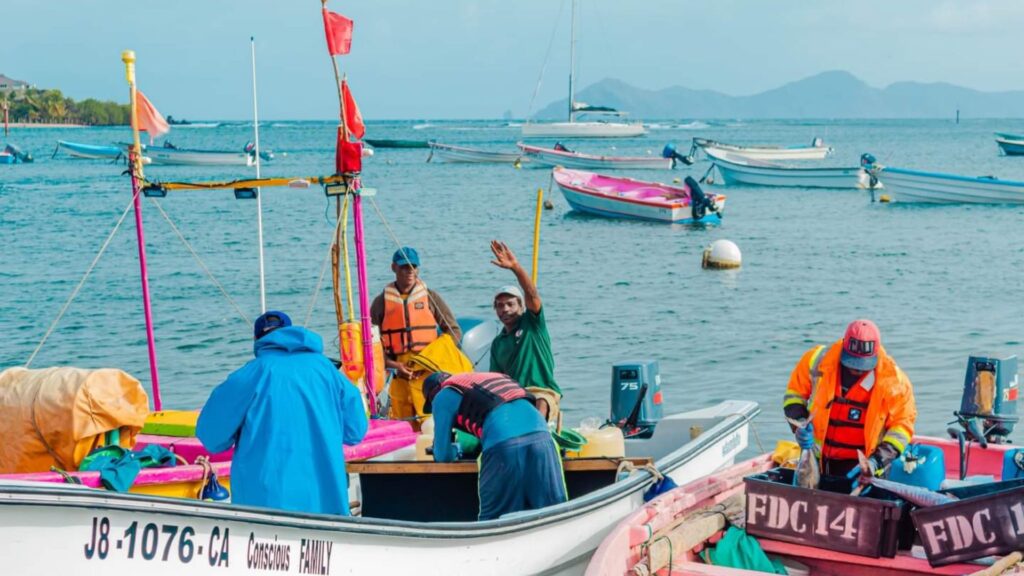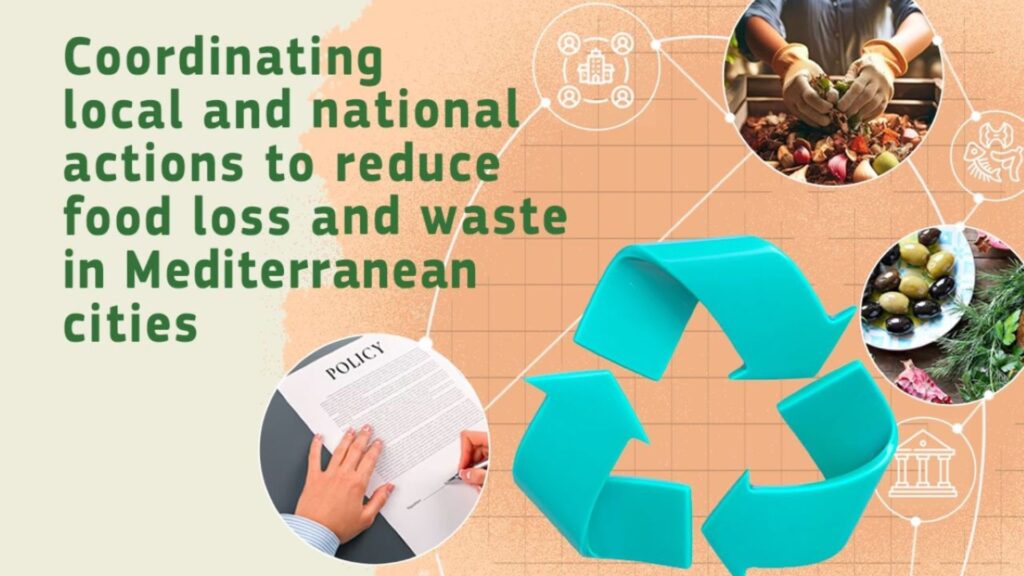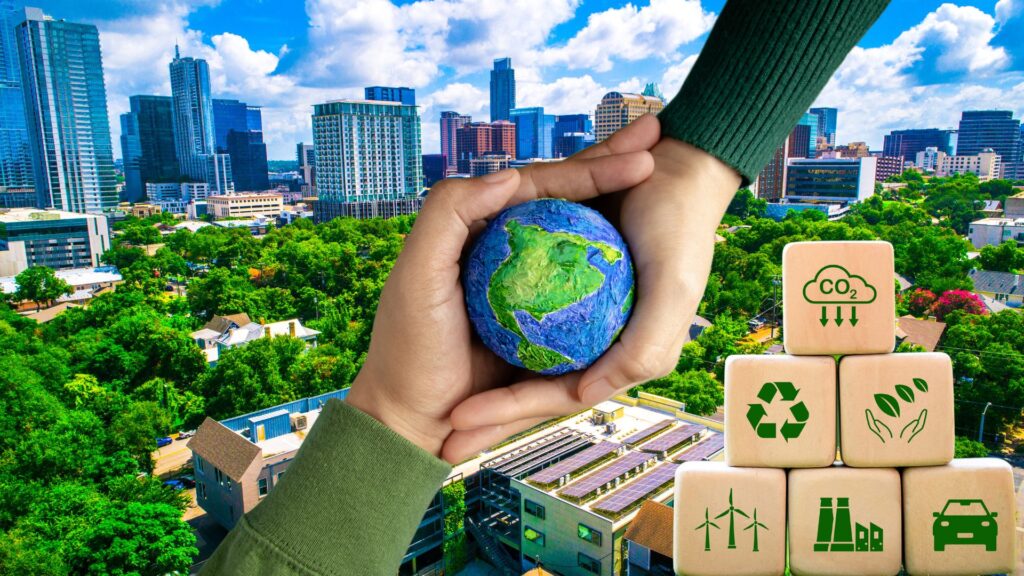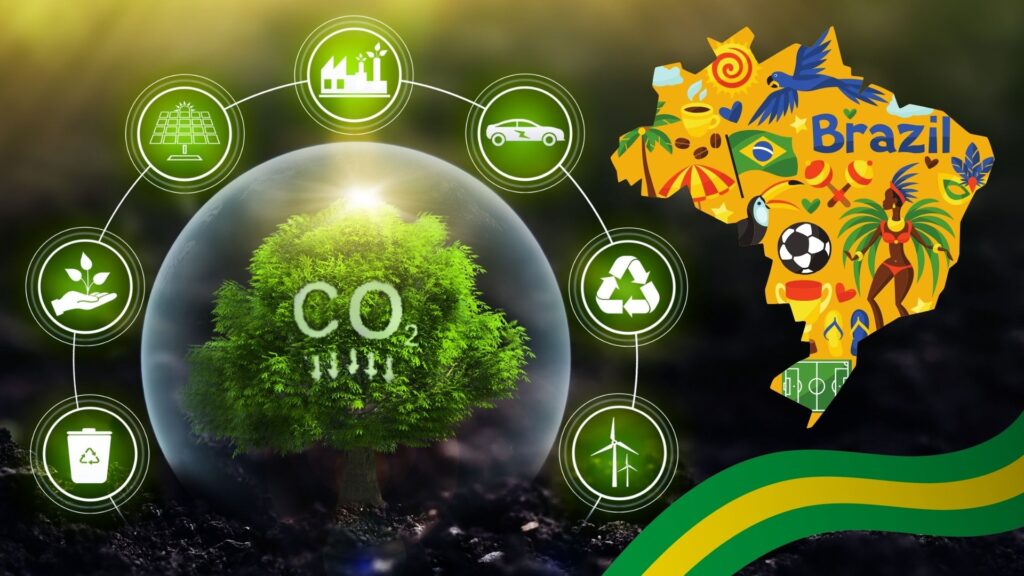Enhancing Climate Action in the Cruise Industry: The Role of Green Initiative as a Climate Certifier
The cruise industry has long been synonymous with luxury travel, breathtaking ocean views, and world-class entertainment. However, it is also increasingly scrutinized for its environmental impact. Cruise ships contribute to CO₂ emissions, air pollution, and marine ecosystem degradation, making their decarbonization a critical priority in global climate action. At the forefront of this transformation is Green Initiative, a global leader in climate certification for the tourism industry. As cruise companies strive to reduce their carbon footprints, Green Initiative provides the expertise, tools, and verification frameworks to support their journey toward reducing their carbon footprints, integrating climate-positive solutions, and leading the industry toward a net-zero future. In this article, we explore how Green Initiative is shaping the future of sustainable cruising by helping companies measure, reduce, and offset their emissions while setting new standards for climate-positive tourism. Why Cruise Ships Must Act on Climate With the growth of the cruise industry, environmental concerns have become more urgent. According to International Maritime Organization (IMO) studies, the shipping sector—including cruise ships—accounts for nearly 3% of global CO₂ emissions. While efforts have been made to improve efficiency, the industry remains heavily reliant on fossil fuels, producing greenhouse gases, sulfur oxides (SOₓ), and nitrogen oxides (NOₓ) that contribute to climate change and air pollution. Some of the biggest environmental challenges in the cruise sector include: Despite these challenges, the cruise industry has a unique opportunity to lead in climate action. The adoption of low-carbon fuels, energy-efficient technologies, and sustainability certifications is rapidly gaining traction. Regulatory and Market Forces Driving Change To accelerate its sustainability efforts, the cruise industry must comply with global, regional, and corporate sustainability regulations. Key Regulations Impacting Cruise Decarbonization: Beyond regulations, market forces and consumer expectations are also shaping the industry’s sustainability journey. Travelers are becoming more eco-conscious, demanding greener options, while investors increasingly favor companies with strong ESG (Environmental, Social, and Governance) commitments. The Role of Green Initiative in Cruise Industry Decarbonization While regulations set the minimum compliance standards, Green Initiative goes beyond by offering a comprehensive climate certification that helps cruise operators measure, reduce, and offset their emissions, enabling a structured transition toward carbon neutrality. 1. Green Initiative’s Climate Certification for Cruise Operators Green Initiative offers three science based climate certification options for cruise lines, providing a structured framework for sustainability and emissions management: Each certification follows a structured three-step process to guide cruise operators toward sustainability: By obtaining any of Green Initiative’s certifications, cruise lines demonstrate transparency, accountability, and leadership in climate action. This reinforces their position in an increasingly sustainability-driven market while contributing to a resilient and environmentally responsible future for the cruise industry. 2. Supporting Cruise Lines in Their Climate Journey While many cruise operators are exploring long-term net-zero strategies, Green Initiative focuses on delivering achievable and impactful carbon neutrality solutions today. This includes: By bridging the gap between current technological capabilities and long-term decarbonization goals, Green Initiative ensures that sustainability actions are tangible, measurable, and aligned with global climate objectives. 3. Collaborations with Ports and Destinations for Sustainable Cruise Tourism Cruise emissions extend beyond the ships themselves, affecting port cities, coastal communities, and marine ecosystems. To address this, Green Initiative is exploring potential collaborations to: Through these prospective collaborations, Green Initiative aims to transform cruise destinations into climate-smart regions, ensuring that sustainability efforts extend beyond the vessels themselves and into the ecosystems and communities they impact. The Way for a Sustainable Cruise Industry Green Initiative’s Carbon Neutral Certification provides the cruise industry with a structured and practical pathway to sustainability, ensuring compliance with global climate goals while maintaining economic viability. By leveraging certification, operational guidance, and multi-stakeholder partnerships, Green Initiative fosters holistic climate action that extends beyond ships to ports, tourism boards, and local communities. Looking ahead, advancing toward Climate Positive Certification offers cruise operators the opportunity to go beyond carbon neutrality, actively contributing to climate restoration and ecosystem regeneration. By prioritizing carbon reduction today and climate-positive initiatives for the future, Green Initiative helps steer the cruise industry toward a more responsible, resilient, and sustainable future. This article was written by Ella Baehringer from the Green Initiative team









